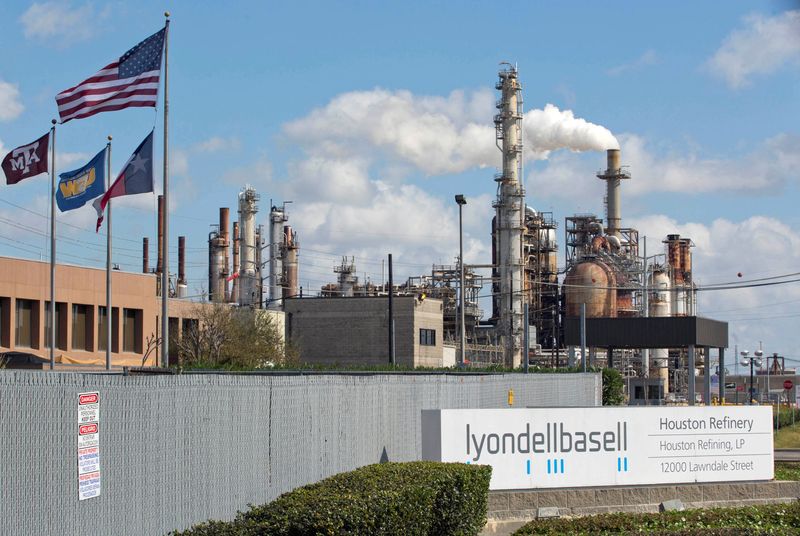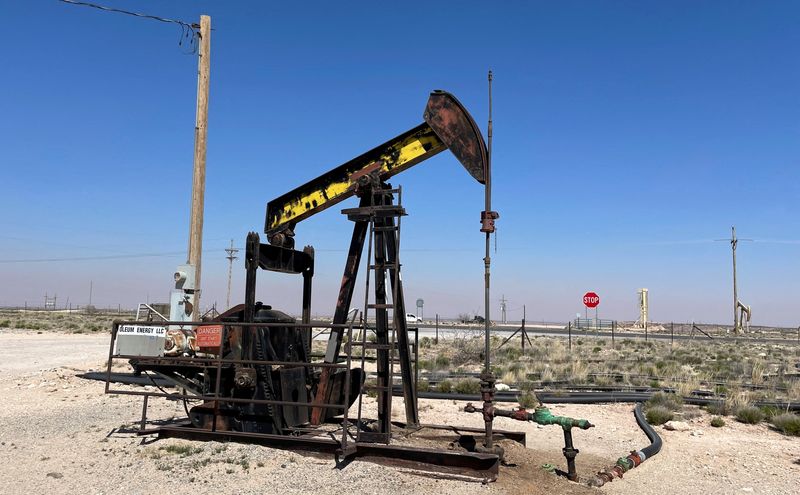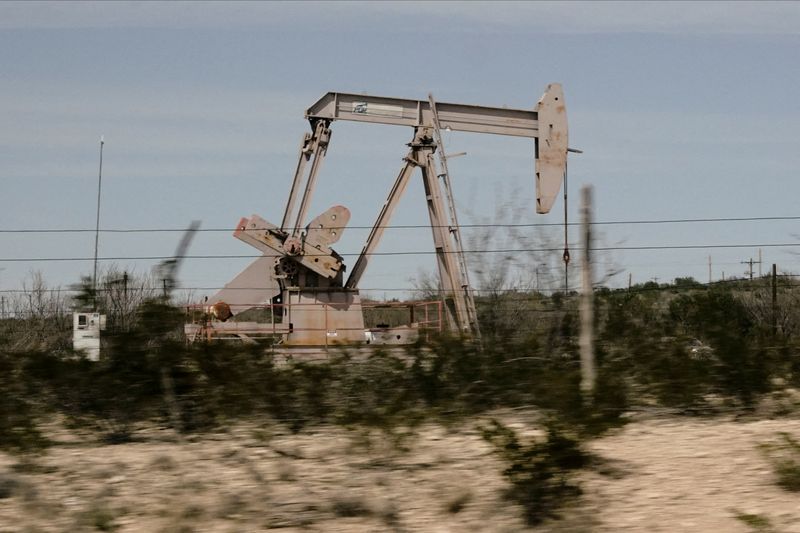
Investing.com — Oil prices settled higher Thursday, rebounding after two days of steep losses as a major storm hit Florida, disrupting oil operations that many expect to curb domestic crude supplies in the coming weeks.
At 2:30 p.m. ET (1830 GMT), West Texas Intermediate crude futures rose 3.6% to settle at $75.85 a barrel, while Brent oil futures rose 3.7% to $79.44 a barrel, while
Both contracts have weakened by around 5% over the past two sessions, with demand concerns continuing to underpin the fundamental outlook
Milton hits Florida
In the US, Hurricane Milton has made landfall in Florida, and while the storm has largely dodged the oil infrastructure in the Gulf of Mexico, it has disrupting oil transportation as well as deliveries and is expected to dent Florida petroleum infrastructure.
“Recent reports suggest that Chevron (NYSE:CVX) shut its fuel-importing terminal at the port of Tampa as Hurricane Milton approached the Florida coast. The move was a precautionary measure as the company shut in production ahead of the hurricane,” said analysts at ING, in a note.
Middle East tensions persist amid ceasefire speculation
Hostilities between Israel, Hamas and Hezbollah have persisted, with Monday marking a year since the war was declared.
Reports that Hezbollah was pushing for a ceasefire had battered oil markets earlier this week, although signs of any dialogue have been limited.
Fears of disruptions in oil supplies, due to a bigger war in the Middle East, served as a major boost to oil prices over the past week, after Iran launched a strike on Israel.
Traders still remained on edge over a potential escalation in the conflict, especially if Israel struck Iran’s oil facilities.
China stimulus in focus
Markets were awaiting more signals on Chinese stimulus measures, after a swathe of monetary stimulus measures from the country largely underwhelmed.
Chinese officials said they will hold a press conference this Saturday to outline plans for more fiscal stimulus.
The country is the world’s biggest oil importer, and is struggling to shore up economic growth.
UBS looks for higher oil prices
Ongoing geopolitical risks are expected to maintain a risk premium in the oil market, but UBS strategists also think fundamental factors will continue to support higher oil prices in the months ahead.
Supply growth remains modest, keeping the market in deficit, the bank said.
According to the latest data from the International Energy Agency (IEA), global oil production increased by only 0.3% between December 2023 and July 2024.
The IEA has also revised its 2024 supply growth estimate downward from 1.8 million barrels per day (mbpd) in December to just 0.7 mbpd in September. In addition to the extended voluntary OPEC+ output cuts, supply growth in the U.S. and Brazil has also slowed.
For 2025, UBS expects another year of subdued U.S. oil output, influenced by lower prices, uncertainty about the return of OPEC+ barrels, and continued emphasis on capital discipline.
“Demand growth, while suffering from China, continues to lead supply growth with global oil inventories still in decline,” UBS strategists note.
Furthermore, monetary policy easing by major central banks “should also support economic and oil demand growth next year,” they added.
As such, UBS remains positive on oil prices, forecasting Brent crude to rise above $80 per barrel in the coming months.
(Peter Nurse, Ambar Warrick contributed to this item.)
This post is originally published on INVESTING.






